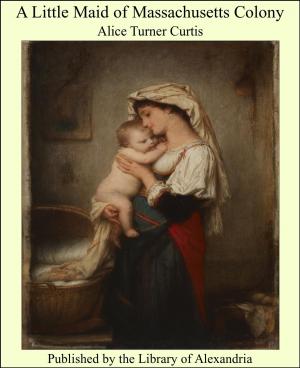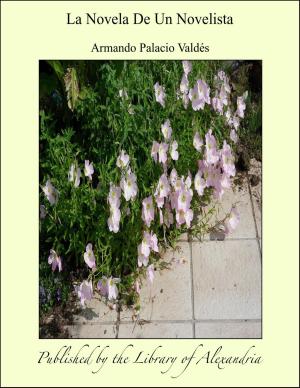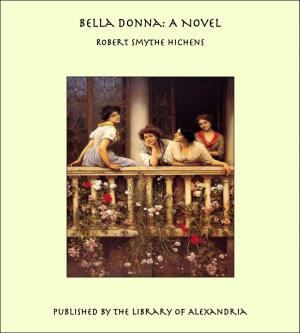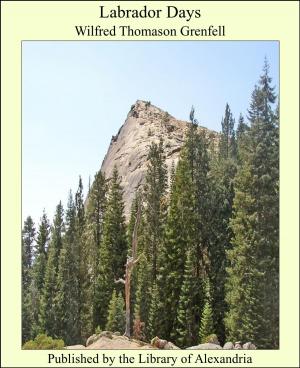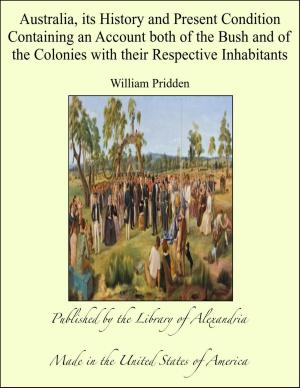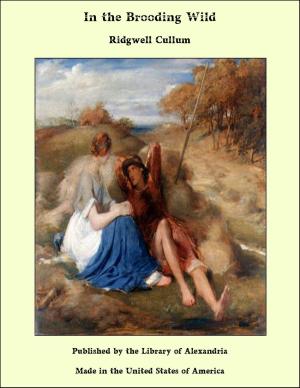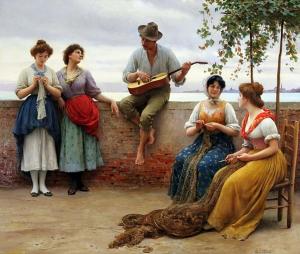| Author: | Andrew Lang | ISBN: | 9781465600967 |
| Publisher: | Library of Alexandria | Publication: | March 8, 2015 |
| Imprint: | Language: | English |
| Author: | Andrew Lang |
| ISBN: | 9781465600967 |
| Publisher: | Library of Alexandria |
| Publication: | March 8, 2015 |
| Imprint: | |
| Language: | English |
September is the season of the second and lovelier youth of the river-scenery of Scotland. Spring comes but slowly up that way; it is June before the woods have quite clothed themselves. In April the angler or the sketcher is chilled by the east wind, whirling showers of hail, and even when the riverbanks are sweet with primroses, the bluff tops of the border hills are often bleak with late snow. This state of things is less unpropitious to angling than might be expected. A hardy race of trout will sometimes rise freely to the artificial fly when the natural fly is destroyed, and the angler is almost blinded with dusty snowflakes. All through midsummer the Scotch rivers lose their chief attractions. The bracken has not yet changed its green for the fairy gold, the hue of its decay; the woods wear a uniform and sombre green; the waters are low and shrunken, and angling is almost impossible. But with September the pleasant season returns for people who love “to be quiet, and go a-fishing,” or a-sketching. The hills put on a wonderful harmony of colours, the woods rival the October splendours of English forests. The bends of the Tweed below Melrose and round Mertoun—a scene that, as Scott says, the river seems loth to leave—may challenge comparison with anything the Thames can show at Nuneham or Cliefden. The angler, too, is as fortunate as the lover of the picturesque. The trout that have hidden themselves all summer, or at best have cautiously nibbled at the worm-bait, now rise freely to the fly. Wherever a yellow leaf drops from birch tree or elm the great trout are splashing, and they are too eager to distinguish very subtly between flies of nature’s making and flies of fur and feather. It is a time when every one who can manage it should be by the water-side, and should take with him, if possible, the posthumous work of Sir Thomas Dick Lauder on the “Rivers of Scotland.”
September is the season of the second and lovelier youth of the river-scenery of Scotland. Spring comes but slowly up that way; it is June before the woods have quite clothed themselves. In April the angler or the sketcher is chilled by the east wind, whirling showers of hail, and even when the riverbanks are sweet with primroses, the bluff tops of the border hills are often bleak with late snow. This state of things is less unpropitious to angling than might be expected. A hardy race of trout will sometimes rise freely to the artificial fly when the natural fly is destroyed, and the angler is almost blinded with dusty snowflakes. All through midsummer the Scotch rivers lose their chief attractions. The bracken has not yet changed its green for the fairy gold, the hue of its decay; the woods wear a uniform and sombre green; the waters are low and shrunken, and angling is almost impossible. But with September the pleasant season returns for people who love “to be quiet, and go a-fishing,” or a-sketching. The hills put on a wonderful harmony of colours, the woods rival the October splendours of English forests. The bends of the Tweed below Melrose and round Mertoun—a scene that, as Scott says, the river seems loth to leave—may challenge comparison with anything the Thames can show at Nuneham or Cliefden. The angler, too, is as fortunate as the lover of the picturesque. The trout that have hidden themselves all summer, or at best have cautiously nibbled at the worm-bait, now rise freely to the fly. Wherever a yellow leaf drops from birch tree or elm the great trout are splashing, and they are too eager to distinguish very subtly between flies of nature’s making and flies of fur and feather. It is a time when every one who can manage it should be by the water-side, and should take with him, if possible, the posthumous work of Sir Thomas Dick Lauder on the “Rivers of Scotland.”

